Swan song is a term that refers to a final effort or performance. The phrase was derived from the ancient Greek belief that the swan, having been silent throughout its life, sang a beautiful song right before its death. But, when I think of swan song as it relates to The Beatles, their early hit “She Loves You” comes to mind.
By September 1963 the band was fast becoming a phenomenon in England, but couldn’t manage to grab the attention of a major record label in the U.S. Beatles’ manager Brian Epstein finally turned to the small Philadelphia-based Swan Records to release the single that was flying off the shelves in the U.K. The label began releasing “She Loves You” singles with white labels and red text (some of those original 45s are now worth $5,000). The phrase DON’T DROP OUT is stamped on the upper left corner, to encourage kids to stay in school. In January of ’64, Swan introduced 5 black label versions, all of which contain slight variations. Later in the year, they released a version with a white label and blue text. “She Loves You” b/w “I’ll Get You” was the only Beatle record released by the label.
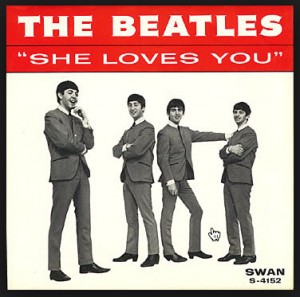
My very worn copy (bottom right, in banner pic) is an original from March 1964. It’s the actual disc that was played thousands of times on the jukebox in my grandparents’ tavern. It snaps, crackles and pops — its grooves are barely even visible — yet I played that record all my life, because that was how I discovered The Beatles.
Capitol Records, the band’s U.S. label, never released “She Loves You” as a single (aside from a special red vinyl pressing in 1992); they clearly weren’t interested in the band at the time of the record’s U.K. release in August 1963. But by February of the following year, Capitol would be in a mad dash to release every available bit of Beatles material, and included the song on “The Beatles’ Second Album,” a compilation LP available only in the U.S.
Paul said that he and John began writing the song on a tour bus, and finished it up in a hotel room: “John and I, sitting on twin beds with guitars.” Upon hearing an early acoustic version, Paul’s father Jim suggested they change the opening lyric to “She loves you, yes, yes, yes.” Doesn’t quite have the same ring, does it? The band recorded the song at EMI Records’ Abbey Road Studios on July 1, 1963 – less than a week after it was written. It ended up being the Beatles’ biggest-selling single in the U.K.
The song’s structure was unique for its day: the lyrics are NOT written in the first person; rather, the narrator acts as a go-between for estranged lovers. You know it’s up to you / I think it’s only fair / pride can hurt you, too / apologize to her.
Plus, the song OPENS with the hook – She loves you, yeah, yeah, yeah – not the usual verse or two. The 4th “yeeeeeaah” (a major sixth chord) in the beginning and ending chorus was George Harrison’s idea. Producer George Martin thought it was a cheesy gimmick and ruled against it, but the boys persisted. I can’t imagine the song without it.
“She Loves You” is the first Beatles record I ever heard, the first single I ever owned, and is still my all-time sentimental favorite. Ivan Pavlov could have had a field day with me — playing the song ad infinitum and gauging my heart-pounding reaction to that opening drum roll.
Take a listen.
And, just for fun, here’s “Sie Liebt Dich” – the version of the song The Beatles recorded in German. The “oooohs” are the same in any language. The boys had cut their teeth in the clubs of Hamburg in the early ’60s, and had a large following there.
© Dana Spiardi, July 1, 2014

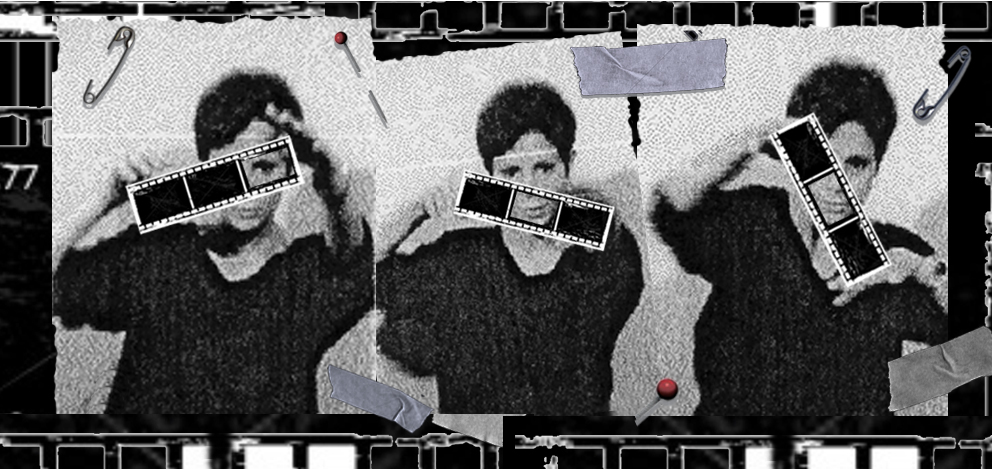
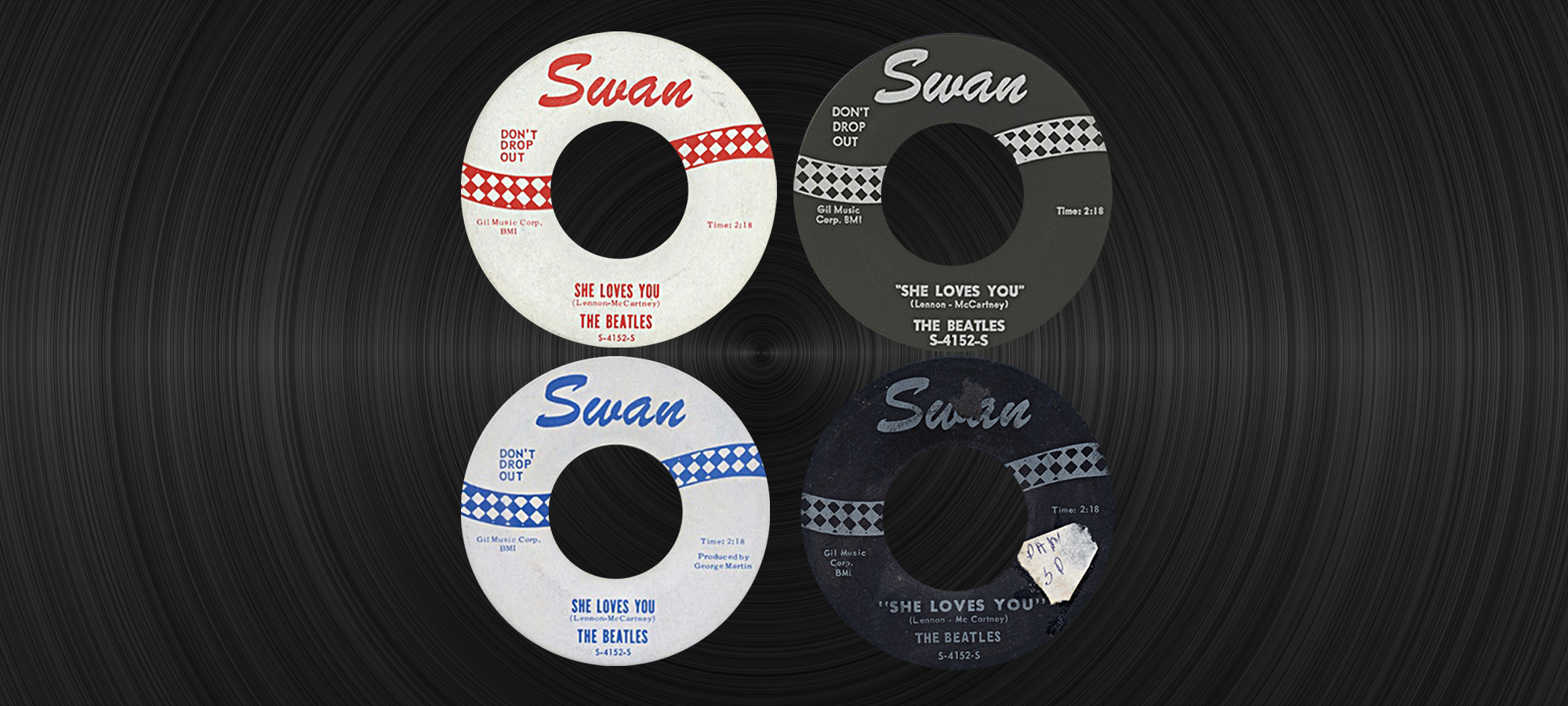
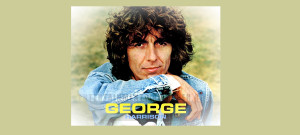

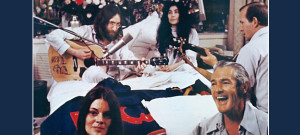
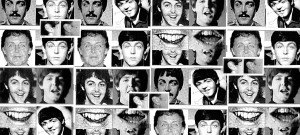
What does Pavlov’s Dana do when she hears She Loves You? Classical conditioning with Beatles’ songs, what a concept. Could have used Beatles instead of Beethoven in A Clockwork Orange, might have been cooler.
I have a swan 45 red vinyl black lable s 4152 s like new last knew it was worth $75.00 I never played this I got it for a contest over 30 years back I did win an dish washer . What’s it worth now